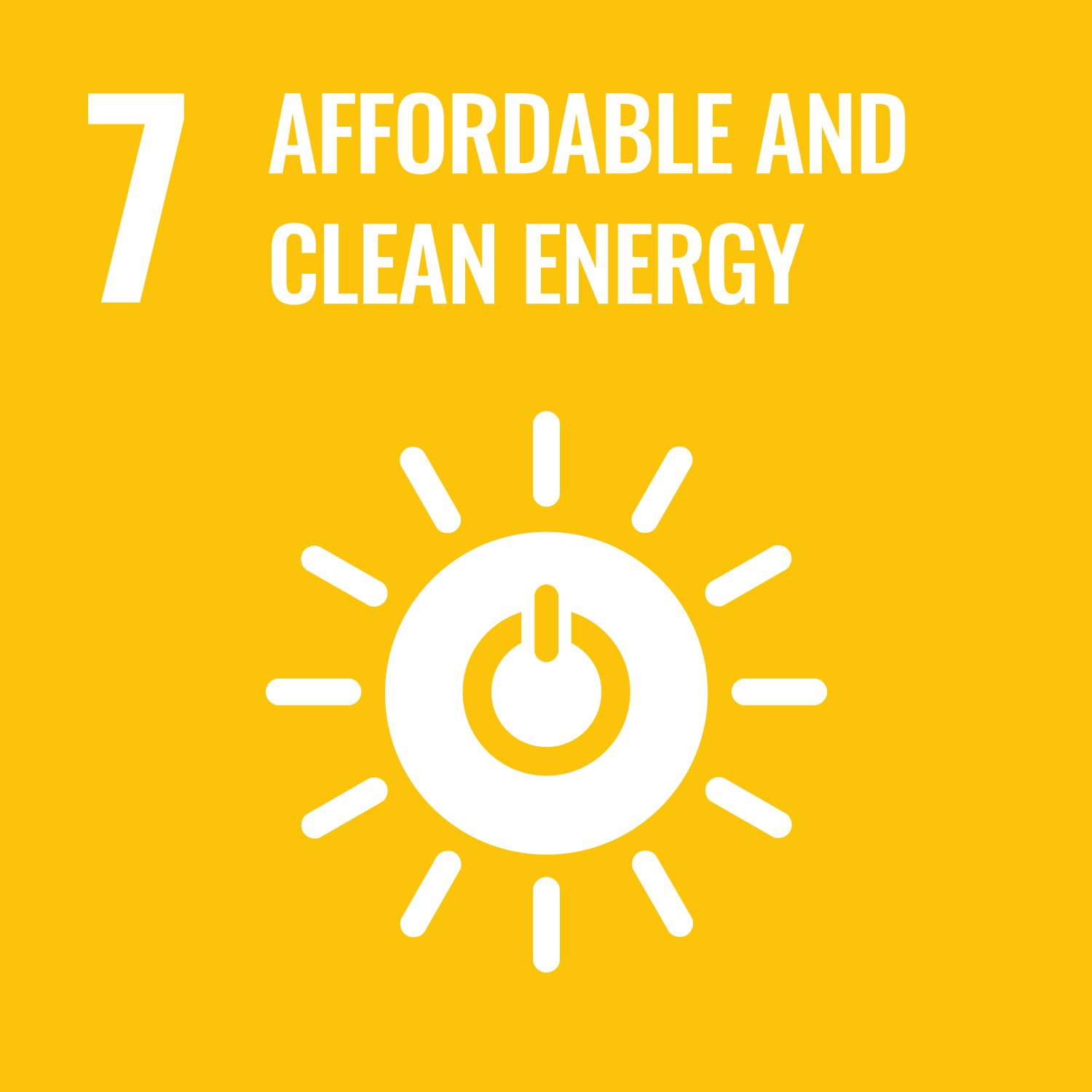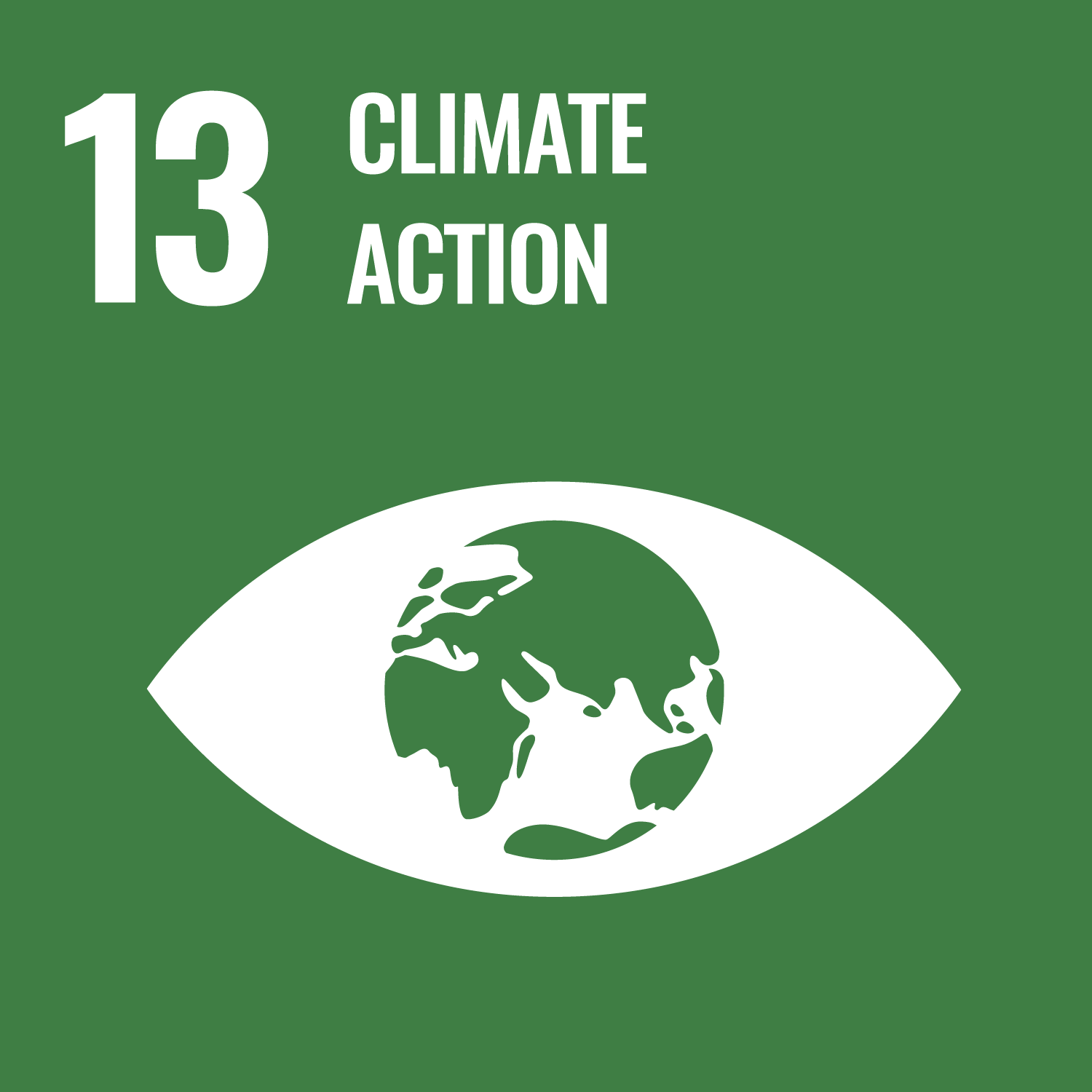Our lives depend on stimulating and developing the economy through 'manufacturing'. Improvements in the functionality of materials
have been instrumental in this. At the same time, environmental and energy problems are becoming pressing issues. There are
high expectations for the functionality of materials as well as social systems to solve these problems. In this lecture, the
current status of actual material development will be introduced using examples such as phase-change materials and thermoelectric
materials after organising and understanding the basic functionality of materials.
The aim is to understand the physical mechanisms by which materials develop functionality and to learn how to apply them.
- With regard to practical materials, several examples can be given of what functions are required.
- Explain the function of materials in terms of the mechanisms underlying their basic physical properties.
- Explain material properties through a perspective on how they are assessed.
| Class schedule | HW assignments (Including preparation and review of the class.) | Amount of Time Required | |
|---|---|---|---|
| 1. | SI unit system | Conduct a survey on SI units. | 100minutes |
| 2. | Periodic table and electronic structure of atoms | Check periodic table and electronic structure of atoms | 100minutes |
| 3. | Structure of materials | Survey the lattice structure of several materials | 100minutes |
| 4. | Electrical properties - metals and electrical conduction | Investigate the electrical properties of metals. | 100minutes |
| 5. | Electrical properties - semiconductors | Investigate the electrical properties of semiconductors. | 100minutes |
| 6. | Heat capacity | Examine the database for heat capacities of different materials. | 100minutes |
| 7. | Thermal expansion | Investigate the mechanism of thermal expansion. | 100minutes |
| 8. | Heat conduction | Investigate the mechanism of heat transfer between metals and insulators. | 100minutes |
| 9. | Thermoelectric properties | Investigate the conductivity of materials that transfer heat easily. | 100minutes |
| 10. | Optical properties | Find out about Planck's law. | 100minutes |
| 11. | Application of optical properties | Find out about the principle of thermometers. | 100minutes |
| 12. | Memory material | Find out what memory is. | 100minutes |
| 13. | Battery materials | Find out about oxygen shading cells. | 100minutes |
| 14. | Final report assignment and explanation | Review of previous lectures. | 200minutes |
| Total. | - | - | 1500minutes |
| 期末試験・期末レポート課題 | 小テスト | Total. | |
|---|---|---|---|
| 1. | 30% | 10% | 40% |
| 2. | 20% | 10% | 30% |
| 3. | 20% | 10% | 30% |
| 4. | 0% | 0% | 0% |
| Total. | 70% | 30% | - |
The evaluation is based on a 70% end-of-term report and a 30% in-class quiz, with a minimum overall score of 60%.
| ways of feedback | specific contents about "Other" |
|---|---|
| Feedback in outside of the class (ScombZ, mail, etc.) |
William D. Callister Jr., David G. Rethwisch: Materials Science and Engineering: An Introduction ,Wiley (2020)
- Wednesday, Thursday and Friday, 12:20-13:00 (Toyosu).
Preferable to make contact prior to the visit.
- Course that cultivates a basic self-management skills
- Course that cultivates an ability for utilizing knowledge
- Course that cultivates a basic problem-solving skills
| Work experience | Work experience and relevance to the course content if applicable |
|---|---|
| N/A | 該当しない |



- 7.AFFORDABLE AND CLEAN ENERGY
- 9.INDUSTRY, INNOVATION AND INFRASTRUCTURE
- 13.CLIMATE ACTION
Last modified : Sat Sep 09 07:40:35 JST 2023
